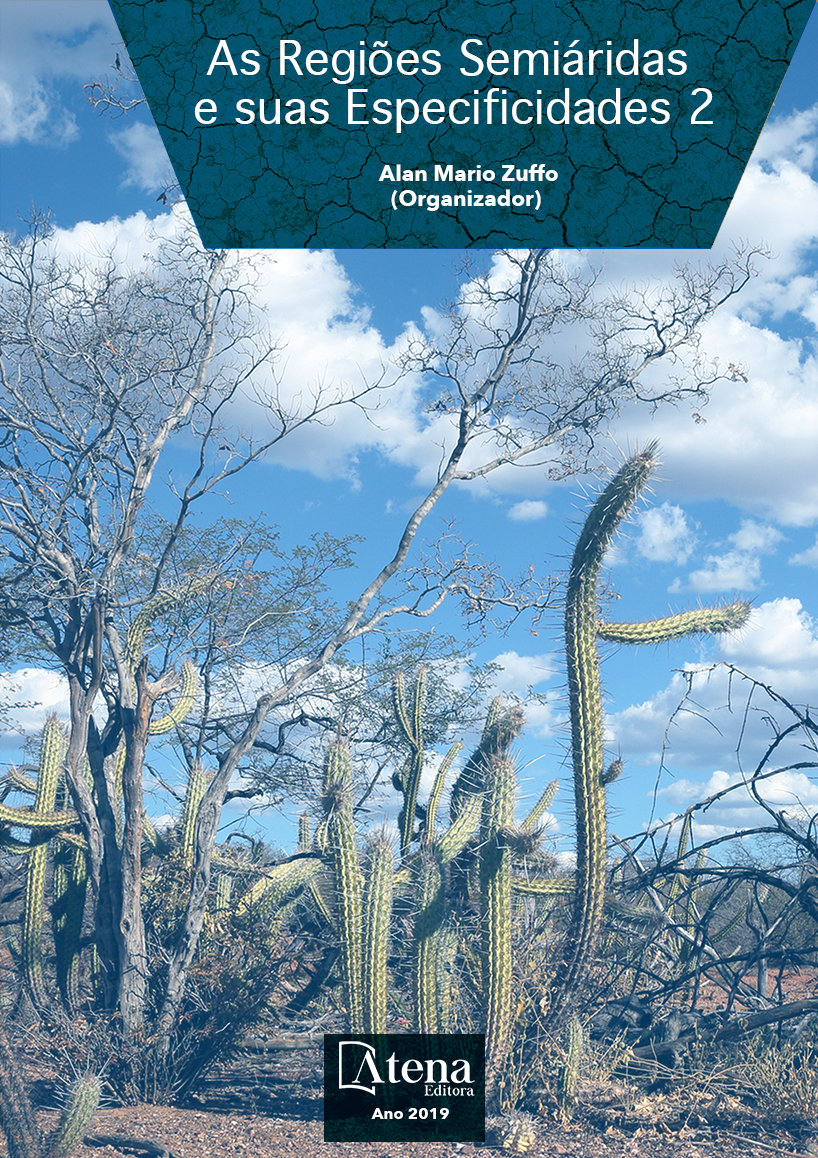
EFEITO DO ESTRESSE TÉRMICO SOBRE A REPRODUÇÃO DE ANIMAIS NO SEMIÁRIDO
O clima é considerado, fator
regulador ou mesmo limitador da exploração
animal para fins econômicos, o estresse é
acompanhado por um acréscimo na atividade
do eixo hipotalâmico-hipofisário-adrenal (HHA)
e por um decréscimo na função reprodutiva,
ocorrendo uma possível relação com os
hormônios do eixo hipotalâmico-hipofisáriogonadal (HHG). Os hormônios relacionados
ao estresse podem influenciar a função sexual
em três níveis do eixo HHG: no hipotálamo,
por meio do CRH (hormônio liberador de
corticotrofina), onde este inibe a secreção de
GnRH (hormônio liberador de gonadotrofinas) e,
consequentemente, na hipófise anterior, diminui
a liberação de LH (hormônio luteinizante) e de
FSH (hormônio folículo estimulante), assim,
prejudicando a reprodução animal. Dessa
forma autores citam que encontraram uma
variação de 20 e 30% na taxa de concepção quando compararam as estações quente
e fria. Pesquisadores verificaram, ainda, um maior percentual de prenhez (55,5%)
no período frio se comparado com o período quente (44,5%), consequentemente
as perdas gestacionais no período frio foram menores (2,1%) quando comparadas
com o período mais quente (12,3%). A elevada temperatura a que um embrião está
exposto leva-o a tornar-se hipertérmico, podendo levá-lo à morte. Nos machos
também foi observado que a temperatura ambiente é o fator de maior importância
na espermatogênese dos machos de qualquer espécie e, quando muito elevada (da
ordem de 34,5ºC), é prejudicial tanto às etapas de formação dos espermatozoides
como àqueles elementos já formados e em trânsito pelo epidídimo.
EFEITO DO ESTRESSE TÉRMICO SOBRE A REPRODUÇÃO DE ANIMAIS NO SEMIÁRIDO
-
DOI: 10.22533/at.ed.91619150314
-
Palavras-chave: Ambiência, bem-estar animal, produção animal.
-
Keywords: Ambience. Animal welfare. Animal production.
-
Abstract:
Climate is considered as a regulating or even limiting factor of animal
exploration for economic purposes, stress is accompanied by an increase in the activity
of the hypothalamic-pituitary-adrenal (HHA) axis and by a decrease in the reproductive
function, with a possible relationship with hypothalamic-pituitary-gonadal (HHG) axis
hormones. Stress-related hormones may influence sexual function in three levels of
the HHG axis: in the hypothalamus, through CRH (corticotrophin releasing hormone),
where it inhibits the secretion of GnRH (gonadotrophin releasing hormone) and,
consequently, in the pituitary gland decreases the release of LH (luteinizing hormone)
and FSH (follicle stimulating hormone), thus impairing animal reproduction. In this way
authors mention that they found a variation of 20 and 30% in conception rate when
comparing the hot and cold seasons. Researchers also found a higher percentage
of pregnancy (55.5%) in the cold period when compared to the hot period (44.5%),
consequently gestational losses in the cold period were lower (2.1%) when compared to
the hottest period (12.3%). The high temperature at which an embryo is exposed causes
it to become hyperthermic, which can lead to death. In males it was also observed that
the ambient temperature is the most important factor in the spermatogenesis of males
of any species and, when very high (on the order of 34.5ºC), it is detrimental both to the
stages of sperm formation and to those already formed elements and in transit through
the epididymis.
-
Número de páginas: 15
- Bonifácio Benício de Souza
- Thays Raquel de Freitas Bezerra
- Mayara Cândido da Silva Leite
- Maycon Rodrigues da Silva
- Ribamar Veríssimo Macêdo
- Luiz Henrique de Souza Rodrigues
- Mateus Freitas de Souza
- Gabriel de Queiroz Rodrigues
- João Paulo da Silva Pires
- Nágela Maria Henrique Mascarenhas
- Luanna Figueirêdo Batista
- Fábio Santos do Nascimento
- FABÍOLA FRANKLIN DE MEDEIROS


